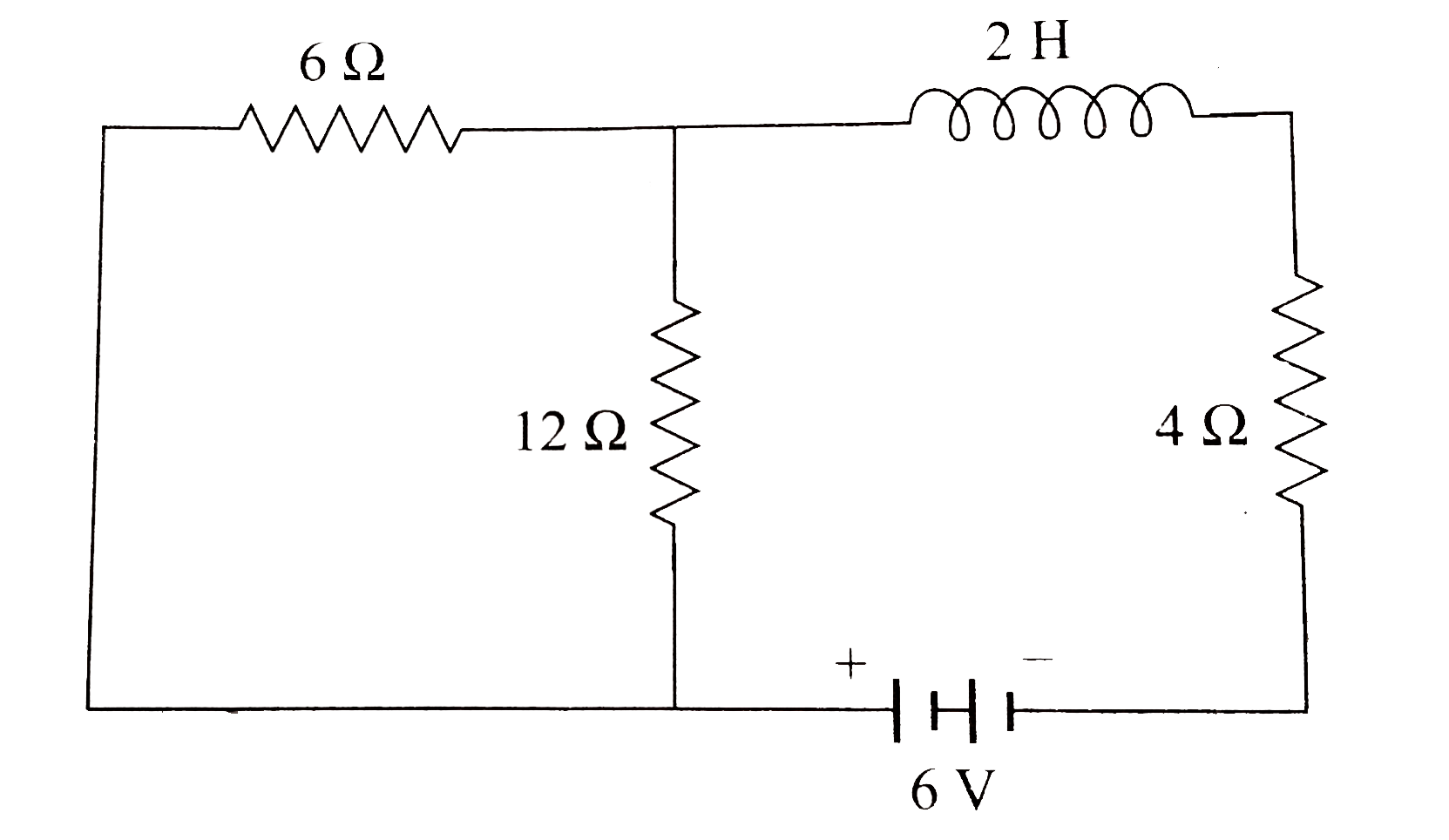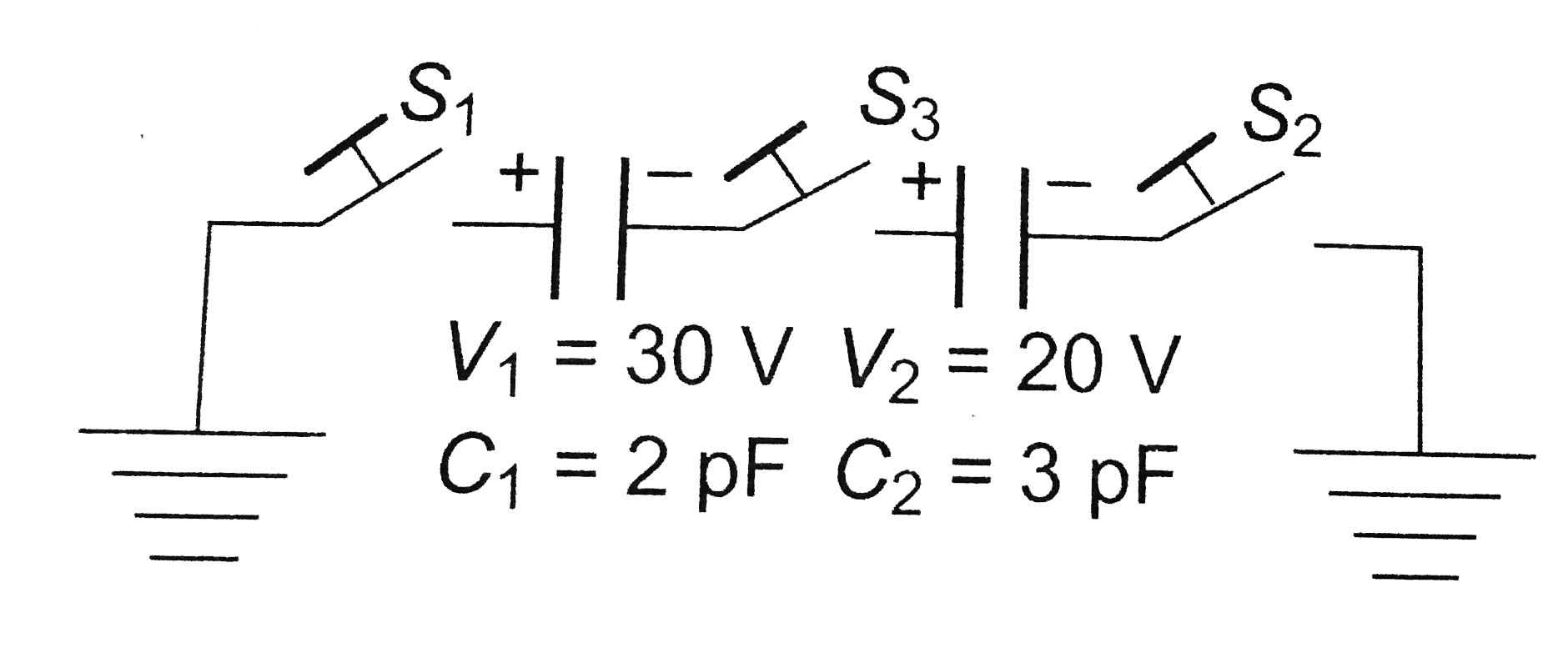The variation of decay rate of two radioactive samples A and B with time is shown in fig.

Which of the following statements are true?
Decay constant of A is greater than that of B hence A always decays faster than B
Decay constant of B is greater than that of A but its decay rate is always smaller than that of A
Decay constant of A is greater than that of B but it does not always decay faster than B
Decay constant of B is smaller than that of A but still its decay rate becomes equal to that of A at a later instant
The correct Answer is:c,d
From the given , figure it is clear that slope of curve A is greater than that of curve B. So rate of decay is faster for A than that of B.

We know that (dNdt)∝,λ at any instant of time hence we can say that λA>λB At point P shown in the diagram the two curve intersect.
Hence at point p rate of decay for both A and B is the same.
Topper's Solved these Questions
Similar Questions
Knowledge Check
- Question 1 - Select One
For the angle α shown below , which of the following statements is true ?
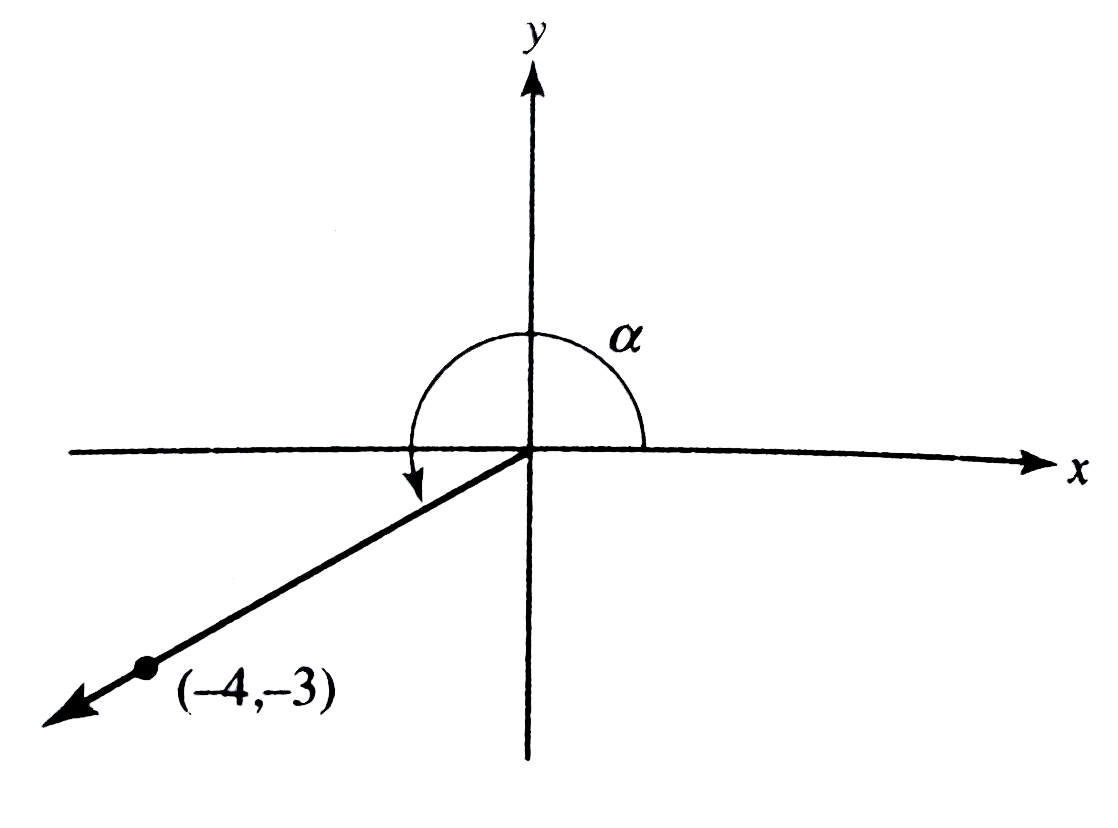 Asinα=−35Bcosα=45Ctanα=−34Dcotα=−43
Asinα=−35Bcosα=45Ctanα=−34Dcotα=−43 - Question 2 - Select One
In the right triangle shown below, which of the following statements is true about ∠A?
 AcosA=1213BsinA=1213CtanA=1213DcosA=1312
AcosA=1213BsinA=1213CtanA=1213DcosA=1312
For the circuit shown, which of the following statements is true
 View Solution
View SolutionFor the circuit shown in figure, which of the following statements is ture ?
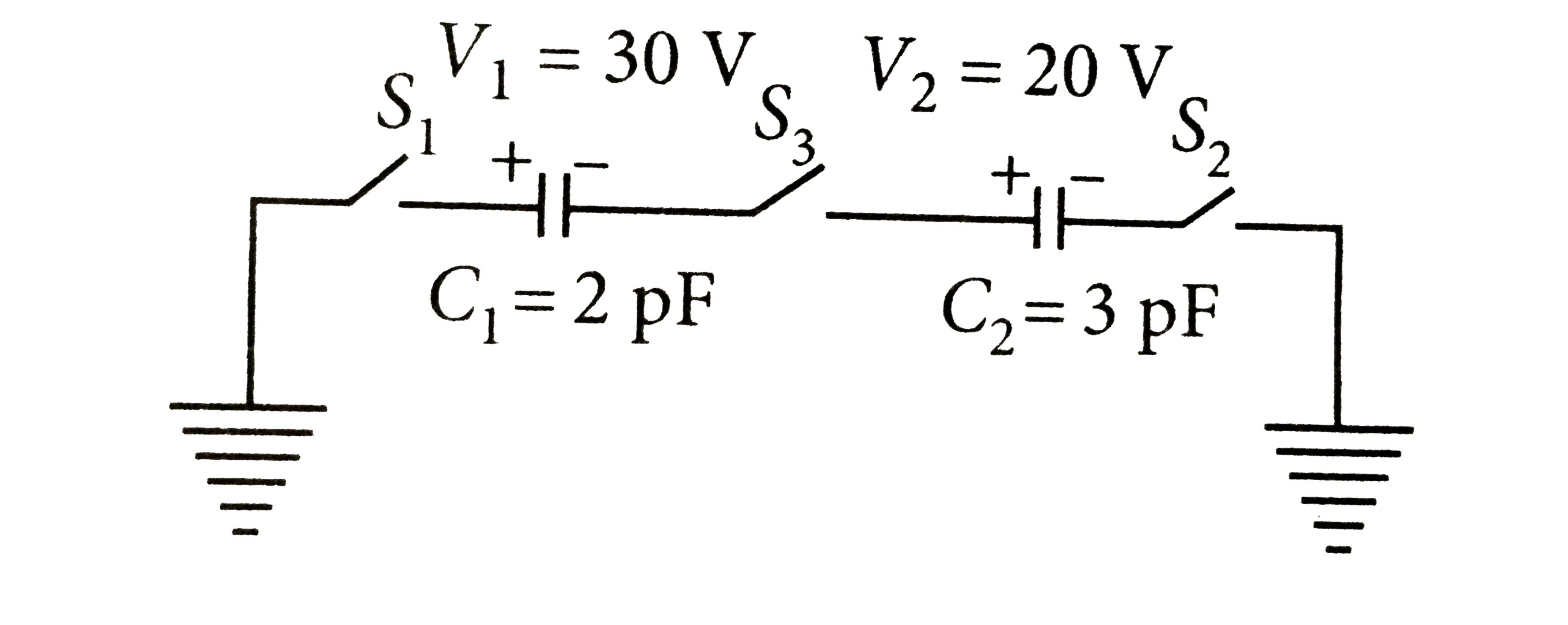 View Solution
View SolutionThe potential energy curve for interaction between two molecules is shown in figure. Which of the following statements are true?
View SolutionThe displacement-time graph of a particle executing SHM is shown in figure. Which of the following statement is/are true ?
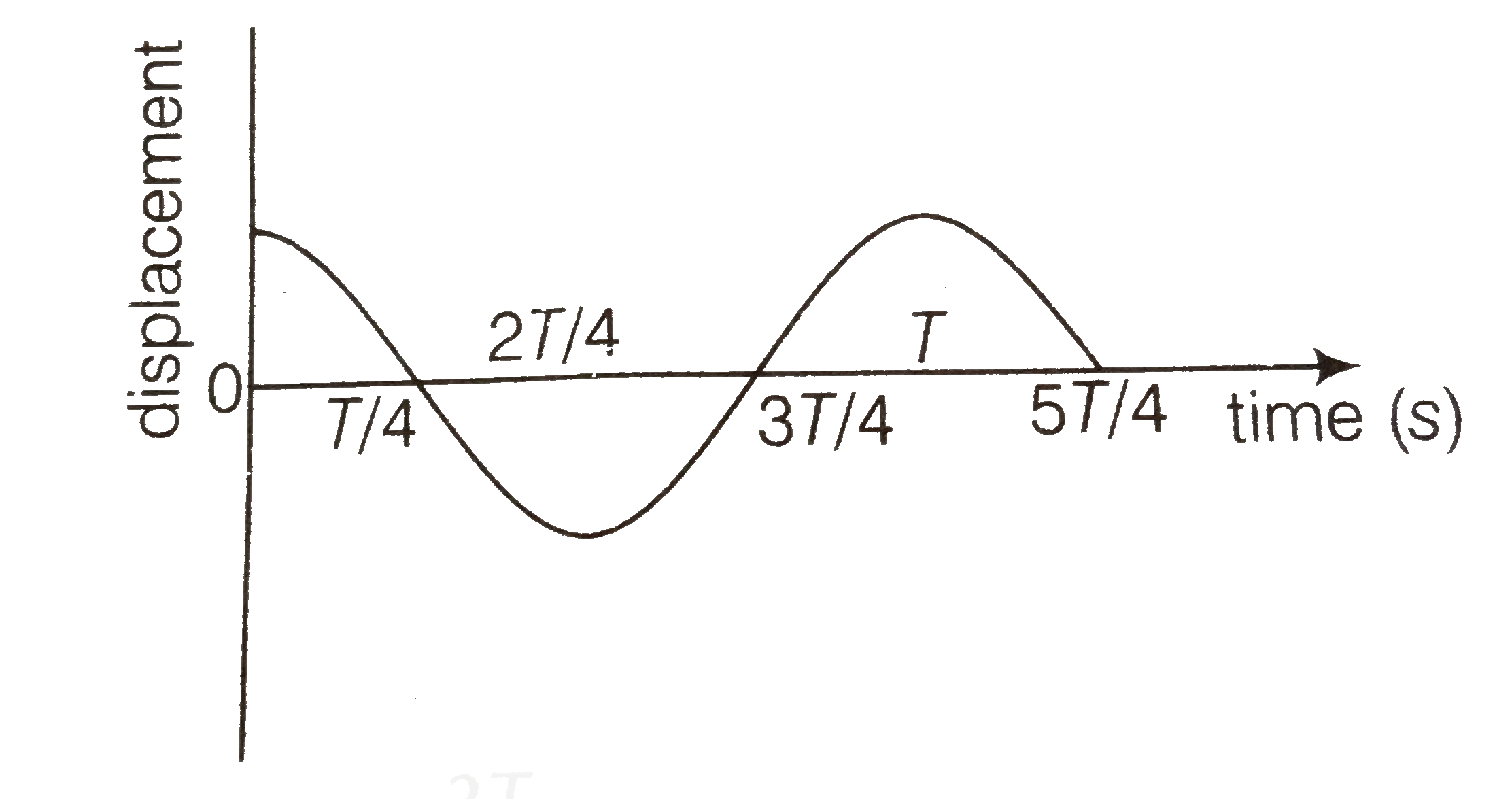 View Solution
View SolutionThe displacement - time graph of a particle executing SHM is shown in figure. Which of the following statements is//are true ?
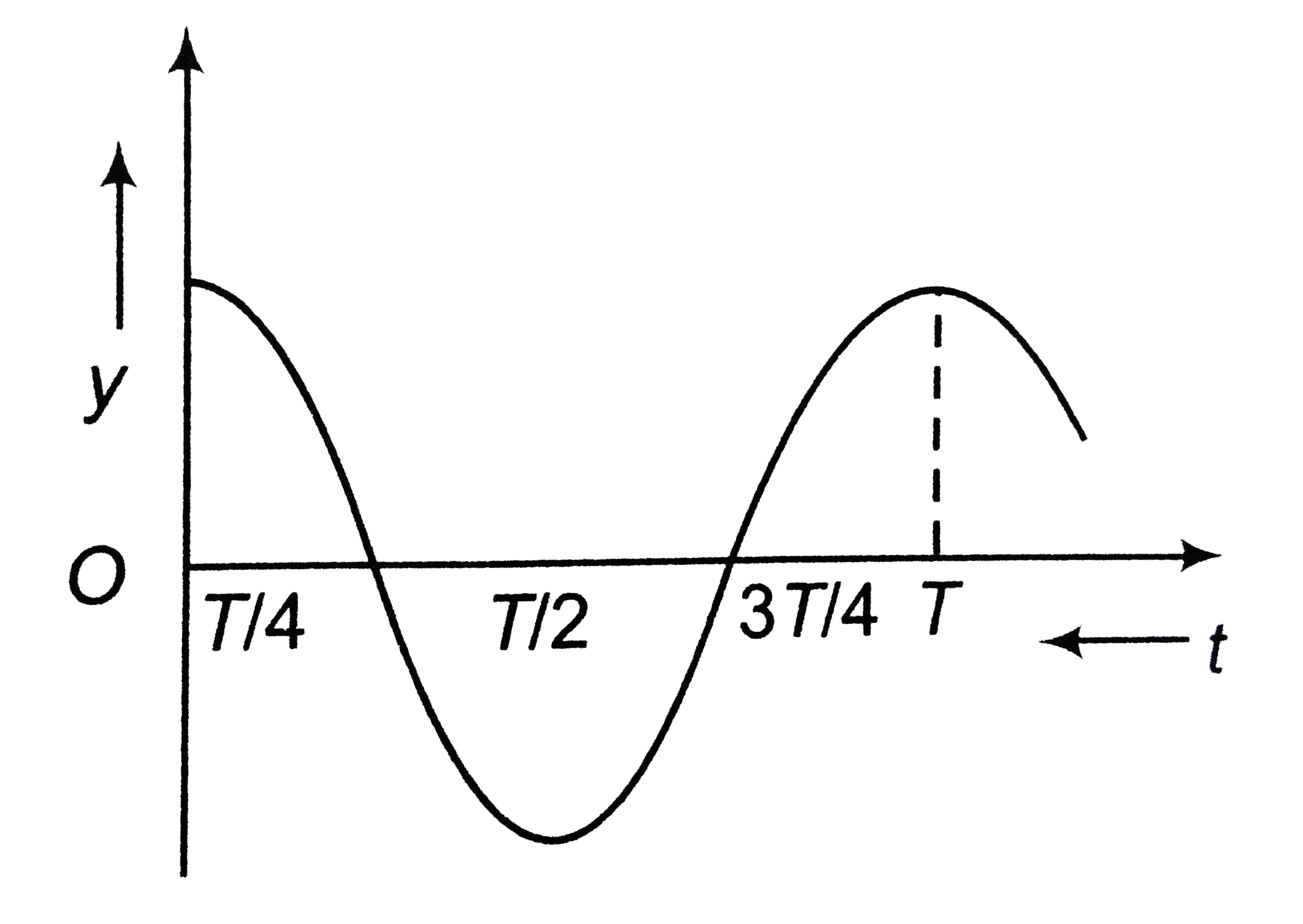 View Solution
View SolutionWhich of the following statements about radioactivity is are true?
View Solution


